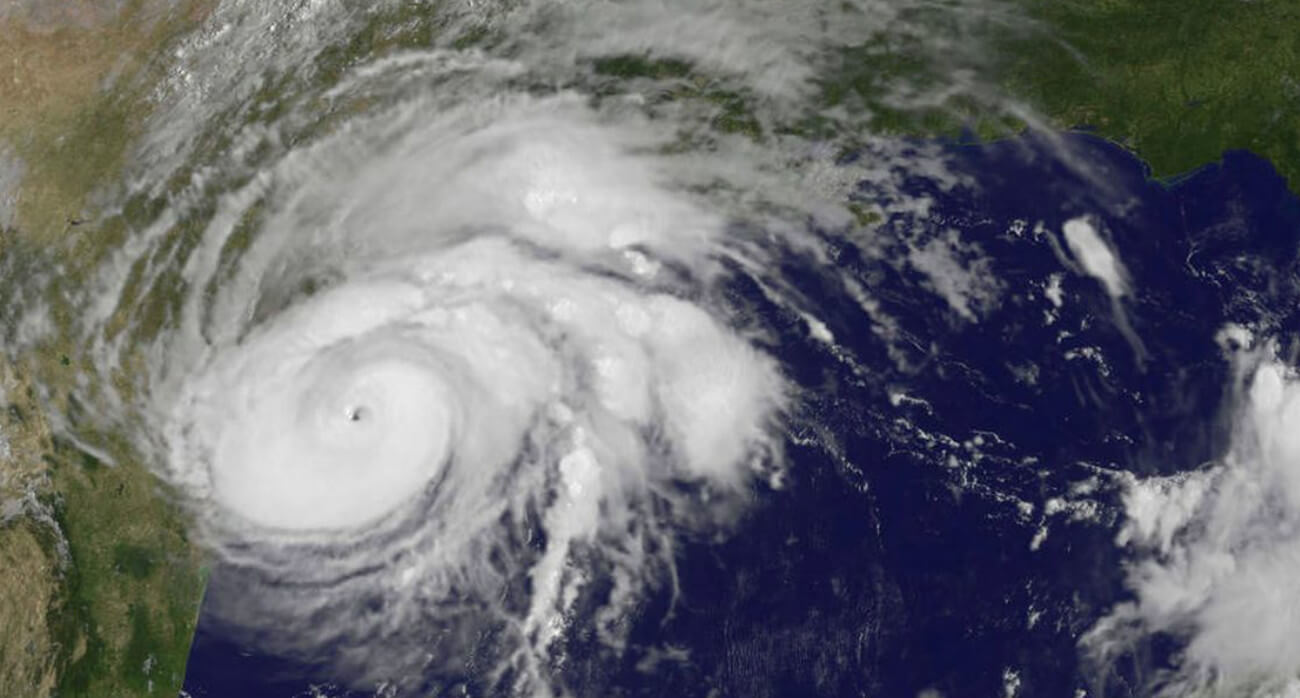Small Business
Accounting for Inventory Shrinkage After a Major Loss
Your small business clients who suffer inventory shrinkage – whether it’s from a natural disaster like Hurricane Harvey or Irma, or theft or simple mismanagement – must account for the event on their financial books. Generally, a firm can enter a ...
Sep. 14, 2017

The devastation caused in Texas, Florida, the East Coast and the Caribbean by Hurricanes Harvey and Irma is dominating the news. In addition to individuals driven from their homes by floods and torrential rain, businesses are being forced to shutter their doors. In many cases, valuable goods and inventory are being destroyed or washed away.
Your small business clients who suffer inventory shrinkage – whether it’s from a natural disaster like Hurricane Harvey or Irma, or theft or simple mismanagement – must account for the event on their financial books. Generally, a firm can enter a loss in its financial statements and deduct the loss on its tax return in one of two ways.
For starters, to account for an inventory loss, the firm creates a transaction crediting the inventory asset account for the loss. The offsetting debit depends on the amount of the loss. If the loss is on the small side – say, for a business on the fringe of the Harvey flood zone – the firm can directly debit its cost of goods sold (COGS) account. However, for businesses in the direct path of the storm where loss of inventory is massive, debiting COGS in this way substantially reduces your gross profits and complicates matters.
As an alternative, the business might debit an expense account specifically created to reflect losses from inventory shrinkage. This avoids any great distortion of gross profits through a mammoth loss.
Under generally accepted accounting principles (GAAP), the firm must match expenses to the periods in which they occur. Accordingly, a firm may establish special reserve accounts for shrinkage losses. There are four basic steps.
1. Estimate the shrinkage loss at the beginning of the period.
2. Designate an expense account to reflect inventory shrinkage for the estimated loss.
3. Debit the expense account or COGS for the same amount.
4. When actual losses are determined, debit the reserve account and credit inventory by the loss amount.
Under the rules for deducting inventory shrinkage losses for tax purposes, a firm may incorporate the loss into COGS or report it separately. Shrinkage reduces your ending inventory and thus increases COGS. In effect, this lowers gross profit and the amount of taxable income. The net result is a tax savings through the loss.
Alternatively, if the firm chooses to deduct inventory shrinkage costs separately, it must reduce its beginning inventory or purchases by the amount of the loss, thereby lowering the COGS.
With either method, a claim must be filed if damaged inventory was insured. If reimbursement is expected, the loss should be reduced and the reimbursement is excluded from gross income. However, if the year ends before insurance reimbursements are received, the firm may estimate and deduct its unreimbursed loss.
These rules are complex and clients will be looking to you for guidance during a tumultuous time. This is an opportunity to solidify existing relationships and foster new ones.
